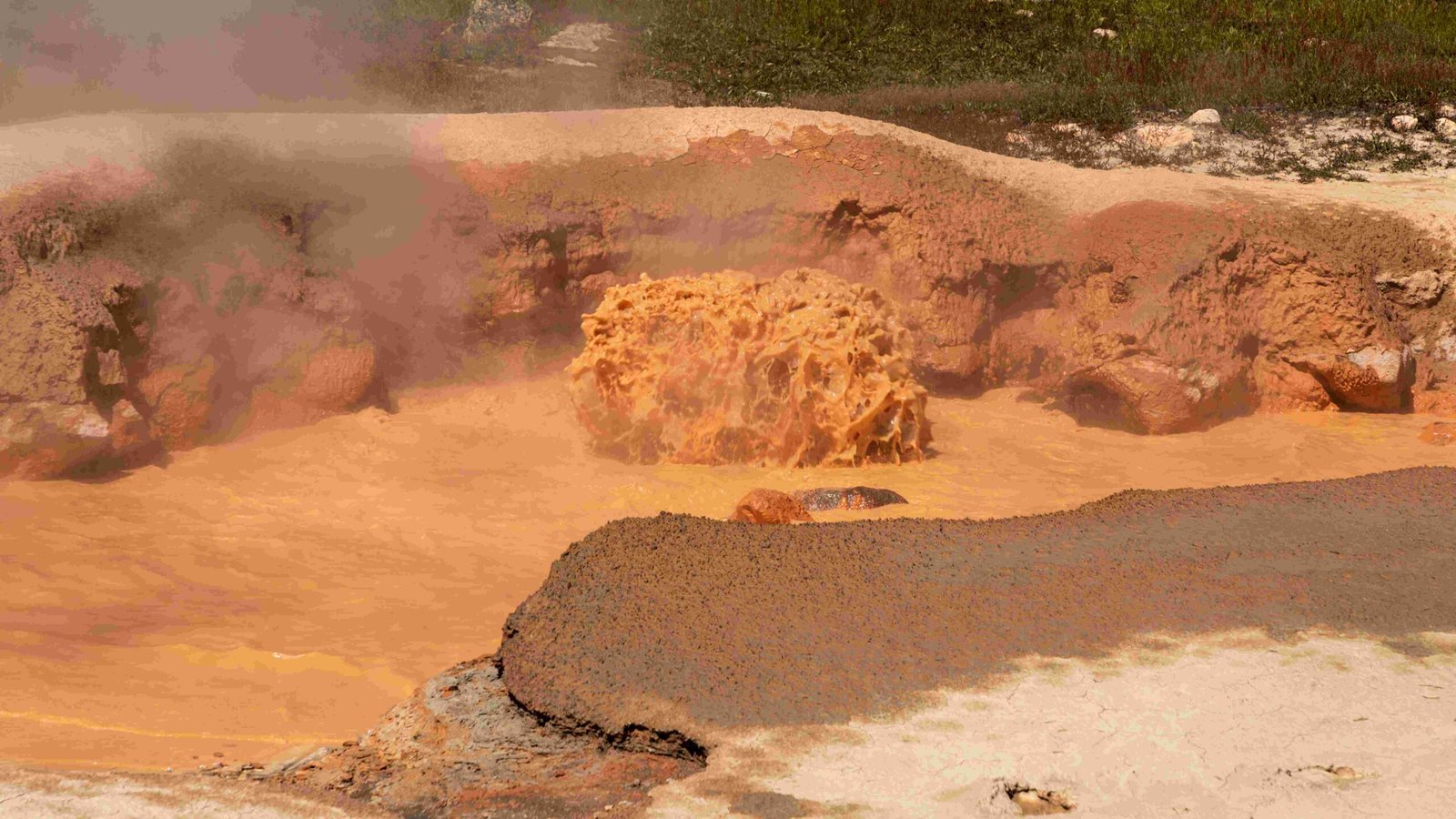Yellowstone National Park, America’s first national park, is a stunning showcase of geothermal wonders, diverse wildlife, and breathtaking landscapes. Spanning nearly 3,500 square miles across Wyoming, Montana, and Idaho, this natural wonderland attracts millions of visitors each year. From the iconic Old Faithful geyser to the vibrant Grand Prismatic Spring, Yellowstone offers a unique display of Earth’s raw power and beauty. This guide will help you navigate the park’s highlights and make the most of your visit.
What Are the Must-See Attractions in Yellowstone National Park?

Yellowstone National Park is home to an array of natural wonders that captivate visitors from around the world. Here are some of the park’s most iconic attractions:
-
Old Faithful Geyser: Perhaps the most famous feature of Yellowstone, Old Faithful erupts approximately every 90 minutes, shooting thousands of gallons of boiling water into the air.
-
Grand Prismatic Spring: The largest hot spring in the United States, known for its vibrant rainbow colors caused by heat-loving microorganisms.
-
Yellowstone Grand Canyon: A dramatic canyon carved by the Yellowstone River, featuring two spectacular waterfalls.
-
Mammoth Hot Springs: Unique travertine terraces formed by mineral-rich hot water bubbling up from the earth.
-
Lamar Valley: Often called America’s Serengeti, this valley is prime territory for wildlife viewing, especially wolves and bison.
How Can I Plan a 3-Day Itinerary for Yellowstone?

To make the most of a 3-day visit to Yellowstone, consider the following itinerary:
Day 1: Geysers and Hot Springs
- Morning: Start at the Midway Geyser Basin to see the Grand Prismatic Spring. Take the short boardwalk trail around the spring.
- Late Morning: Head to Old Faithful. Use the Yellowstone National Park app to track eruption times.
- Afternoon: Explore the Upper Geyser Basin and visit the Norris Geyser Basin.
- Evening: Dinner at the Old Faithful Inn or nearby facilities.
Day 2: Grand Canyon of the Yellowstone
- Morning: Drive to the Grand Canyon of the Yellowstone. Stop at Lookout Point and Red Rock Point for views of the Lower Falls.
- Afternoon: Visit Artist Point on the South Rim for panoramic views of the canyon and the Lower Falls.
- Evening: Dinner in Canyon Village.
Day 3: Mammoth Hot Springs and Wildlife
- Morning: Explore Mammoth Hot Springs and its travertine formations.
- Late Morning: Visit the Lamar Valley for wildlife viewing.
- Afternoon: Stop by the Boiling River for a unique hot spring experience (check for seasonal closures).
Where Are the Best Wildlife Viewing Locations in Yellowstone?
Yellowstone is renowned for its diverse wildlife. Here are the top five locations for wildlife viewing:
- Lamar Valley: Best for seeing bison, wolf packs, grizzly bears, and various bird species.
- Hayden Valley: Great for spotting grizzly bears, bison, elk, and wolves.
- Mammoth Hot Springs Area: Known for elk and bison sightings.
- Tower-Roosevelt Area: Good for viewing bison, elk, and wolves.
- Grand Prismatic Spring Overlook: Occasionally offers sightings of bison or elk in surrounding areas.
Remember to always maintain a safe distance from wildlife and follow park guidelines.
What Are the Most Popular Hiking Trails in Yellowstone?
Yellowstone offers a variety of hiking trails suitable for different skill levels. Here are some of the most popular:
- Brink of the Lower Falls Trail
- Length: 0.7 miles
- Difficulty: Moderate
-
Estimated Time: 30 minutes
-
Clear Lake Artist Point Loop
- Length: Approximately 4 miles
- Difficulty: Moderate
-
Estimated Time: 2-3 hours
-
Fairy Falls Trail
- Length: 5 miles round-trip
- Difficulty: Easy
-
Estimated Time: 2 hours
-
Norris Geyser Basin Complete Loop Trail
- Length: 2.9 miles
- Difficulty: Easy
-
Estimated Time: 2 hours with stops
-
Uncle Tom’s Trail
- Length: Approximately 500 feet down into the canyon
- Difficulty: Strenuous due to stairs
- Estimated Time: 1-2 hours
What Are the Unique Geothermal Features of Yellowstone?
Yellowstone’s geothermal features are what make it truly unique. Here’s a breakdown of the main types:
Geysers
- Old Faithful: Erupts every 90 minutes, shooting 8,000 gallons of water 180 feet into the air.
- Steamboat Geyser: The world’s tallest active geyser, with unpredictable eruptions.
Hot Springs
- Grand Prismatic Spring: The largest hot spring in the United States, known for its vivid colors.
- Mammoth Hot Springs: Famous for its travertine formations.
Fumaroles
- Norris Geyser Basin: Includes features like the Black Growler Steam Vent and Congress Pool.
How Can I Stay Safe While Exploring Yellowstone’s Geothermal Areas?
Safety is paramount when visiting Yellowstone’s geothermal areas. Follow these guidelines:
- Stay on designated trails and boardwalks.
- Keep a safe distance from all geothermal features.
- Never touch or approach wildlife.
- Carry bear spray and know how to use it.
- Be aware of weather conditions and dress appropriately.
- Drink plenty of water to stay hydrated.
- Follow all park rules and ranger instructions.
By following these guidelines, you can safely enjoy the wonders of Yellowstone National Park while preserving its natural beauty for future generations.

